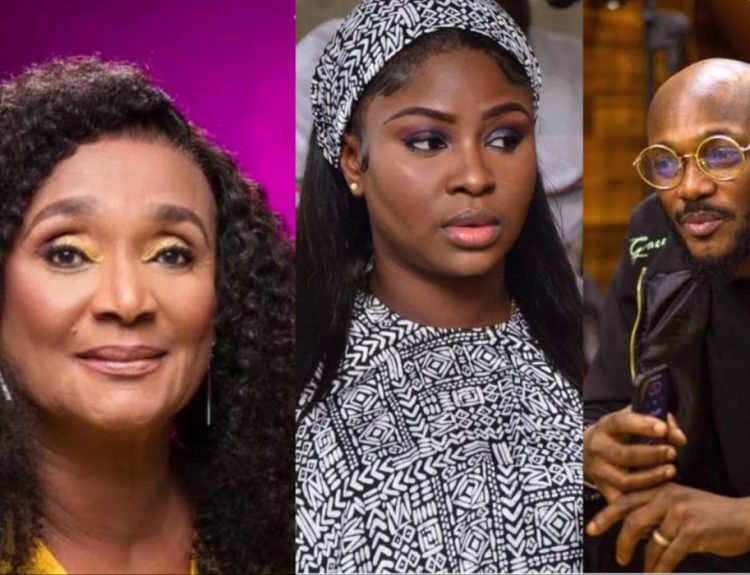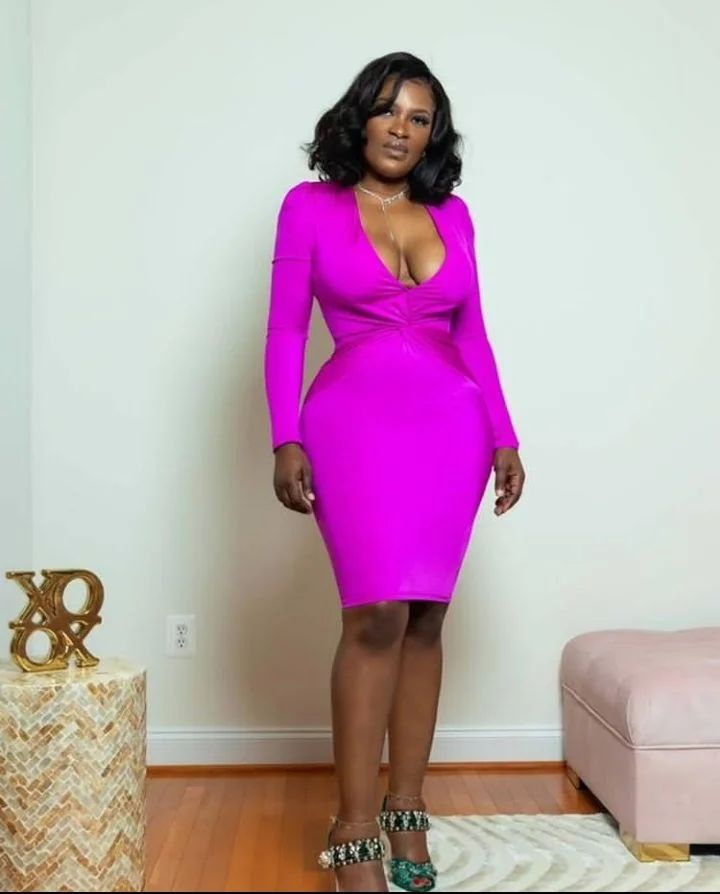
By Chinwe Uzoechi
It seems like everywhere we turn its ankara, ankara & even more ANKARA.
In Nigeria, it appears that an ankara bomb has exploded! At Weddings, engagements, work place – For instance, Imolites are fully garbed in this fabric and loving it! On the runways, ankara was previously limited to collections from Jewel by Lisa and Tae. Now JD7 Couture, Zebra, Tiffany Amber, Odio Mimonet and other many designers are being inspired and creating pieces using this ‘IT’ fabric.
Spreading the net wider, you don’t need to look too far to spot the widespread appeal of the colourful and versatile fabric. Granted other African countries such as Ivory Coast, Ghana, Benin Republic and Togo have had a long history of using ankara but now the demand seems frantic. Textile companies such as Vlisco & Woodin are now investing more heavily in promoting their wares than ever before.
ankara fabric (Dutch wax) or in general traditional/African material is a combination of colour, history, art and design. The graphic statement on these designs for the most part, mingles with colours and sometimes creates a bold shock in designs. Most ankara designs are inspired by tradition, history, culture, colours and so on. In summary, they have a story behind them. Some of the fabric designs are Vlisco and Da Viva. These fabric designers have inspired African clothing designers around the world to create fascinating and mind blowing designs.
The African Fashion Industry has been growing really fast over the last few years. Although we have always had great designers, some designers a few have been able to set the international standard; thereby making a way for other African designers to show their work, both nationally and internationally.
An image of ‘African fabric’ isn’t necessarily authentically [and wholly] African” – Yinka Shonibare. African print, popularly known as Ankara, has gained popularity in the global fashion scene since 2010. The material is primarily associated with Africa mainly because of the tribal-like patterns and motifs. Since it’s ascension in global fashion, much talk has focused on whether or not African fabric is authentically African given the fact that the fabric was in fact originally made in Europe.
Ankara was formerly known as Dutch wax print. It was originally manufactured by the Dutch for the Indonesian textile market. But, by mistake or design, these prints garnered significantly more interest in West African than in Indonesia. Recognizing this opportunity, the Dutch decided to focus on West Africa. As such, the prints changed to reflect African culture and lifestyle more. African print was henceforth born. As you might suspect, this is the condensed gist of the issue. The Eccentric Yoruba can give you the main story . The long and short though is the universal acceptance of these prints in the West African market specifically. Ankara is one of the cheapest traditional fabrics (made even cheaper when Chinese manufacturing of the fabric became widespread). If you notice, other African fabrics like Aso Oke are reserved for special occasions, but Ankara is used for everyday wear.
But back to the authenticity of the fabric; obviously, the origins of Ankara are not at all African but rather European. However, women still see Ankara as authentic African Print because of what it represents (as opposed to where it was first made). Does the fabric represent African culture? Is Africa the first thing that comes to mind when you look at Ankara? Do Africans generally identify with the prints? Women can confidently answer ‘Yes’ to these questions and as such proving the authenticity of the Print. Also, I see no reason why we can’t recognize the influence that the Dutch had on Ankara. After all, they’ve played their part but now it’s in the hands of Africans to use the fabric to promote our own culture.
Let the pictures speak;



2 Comments